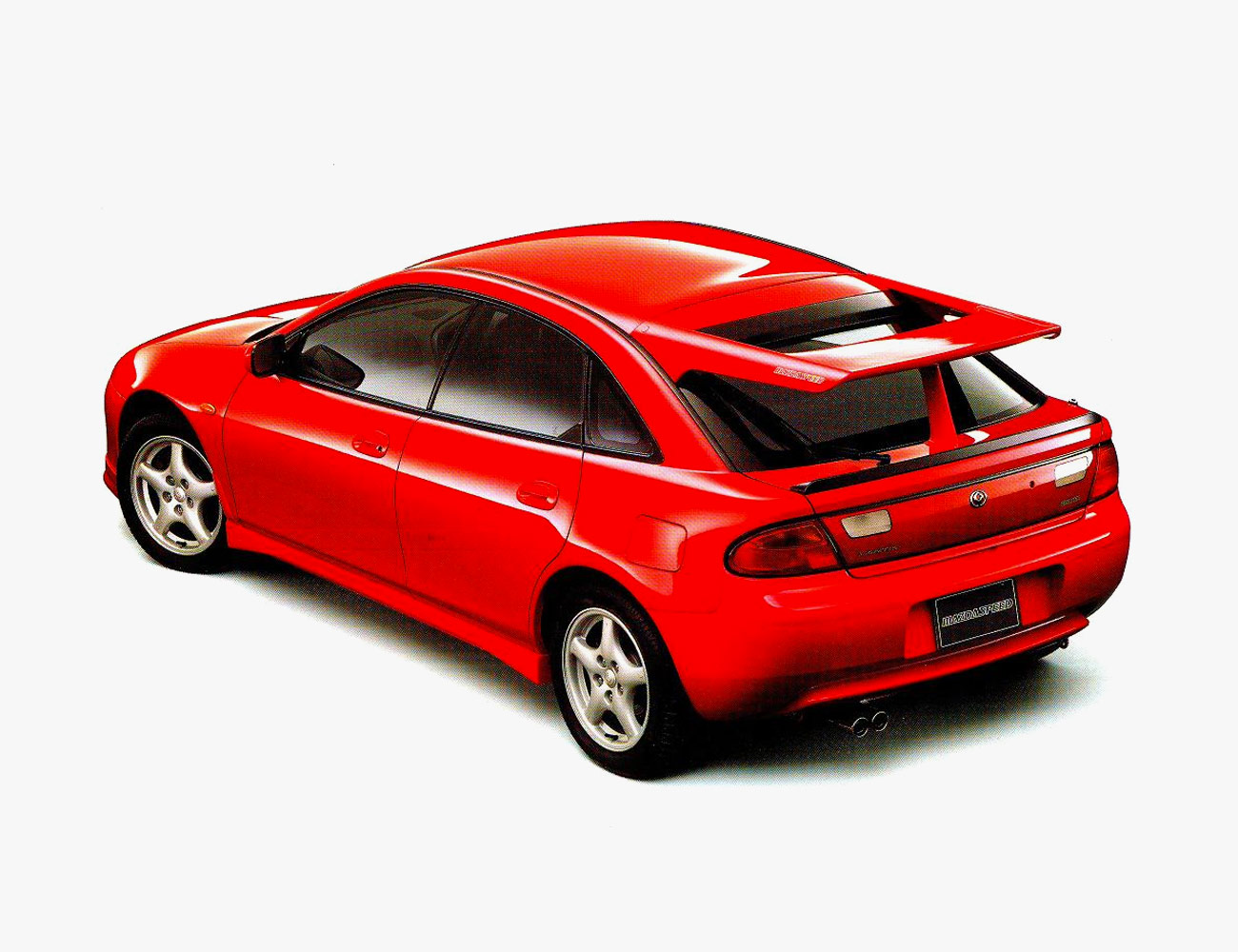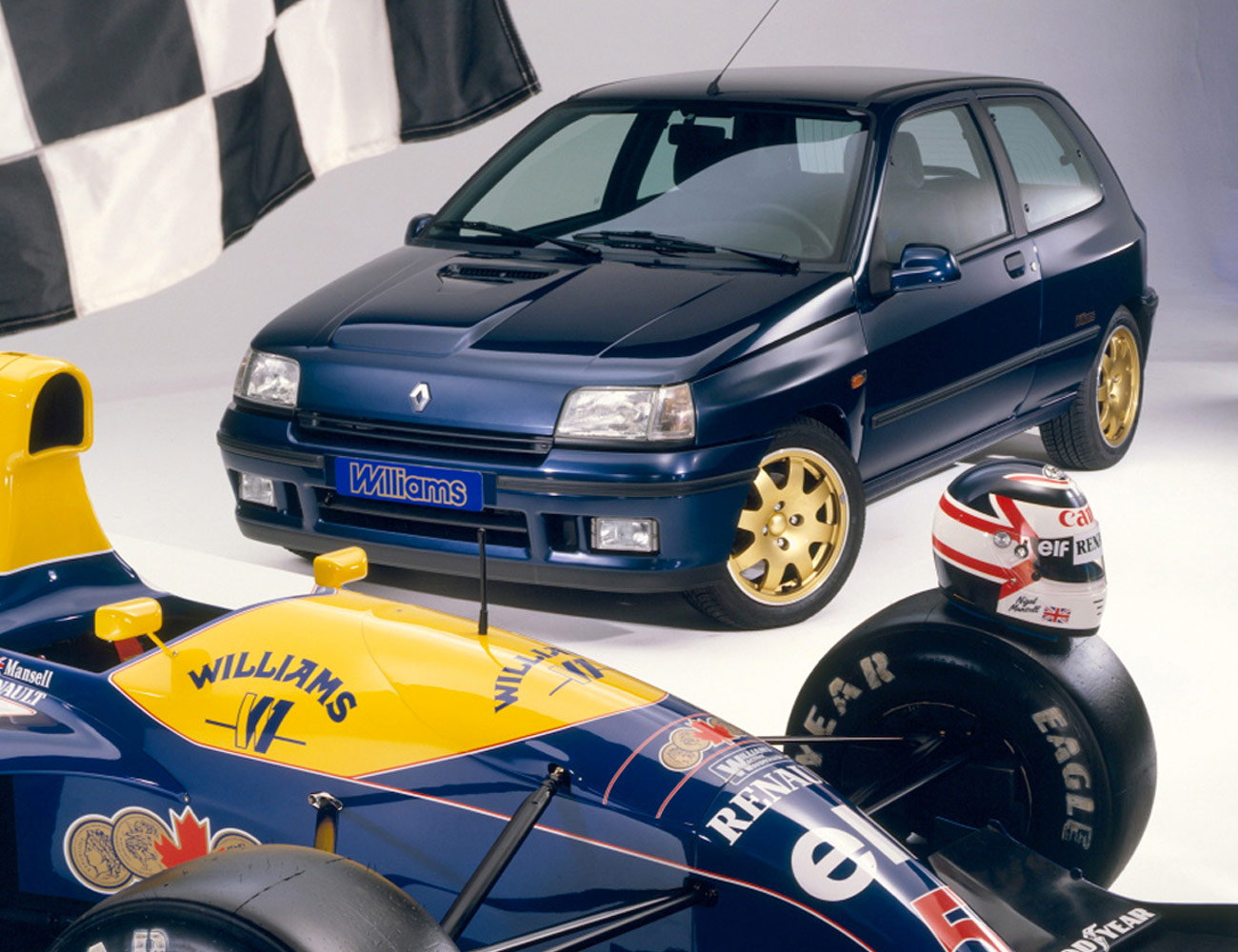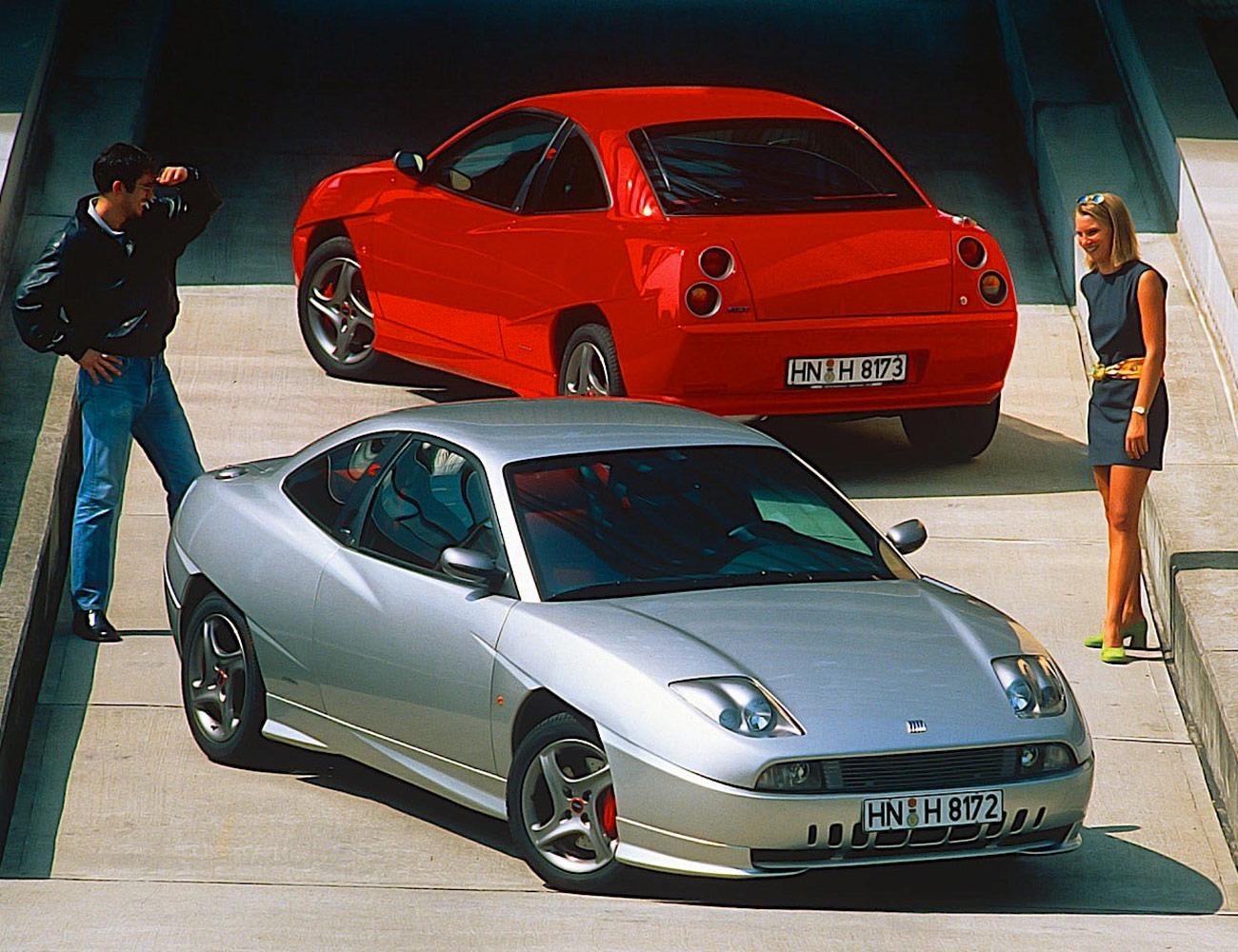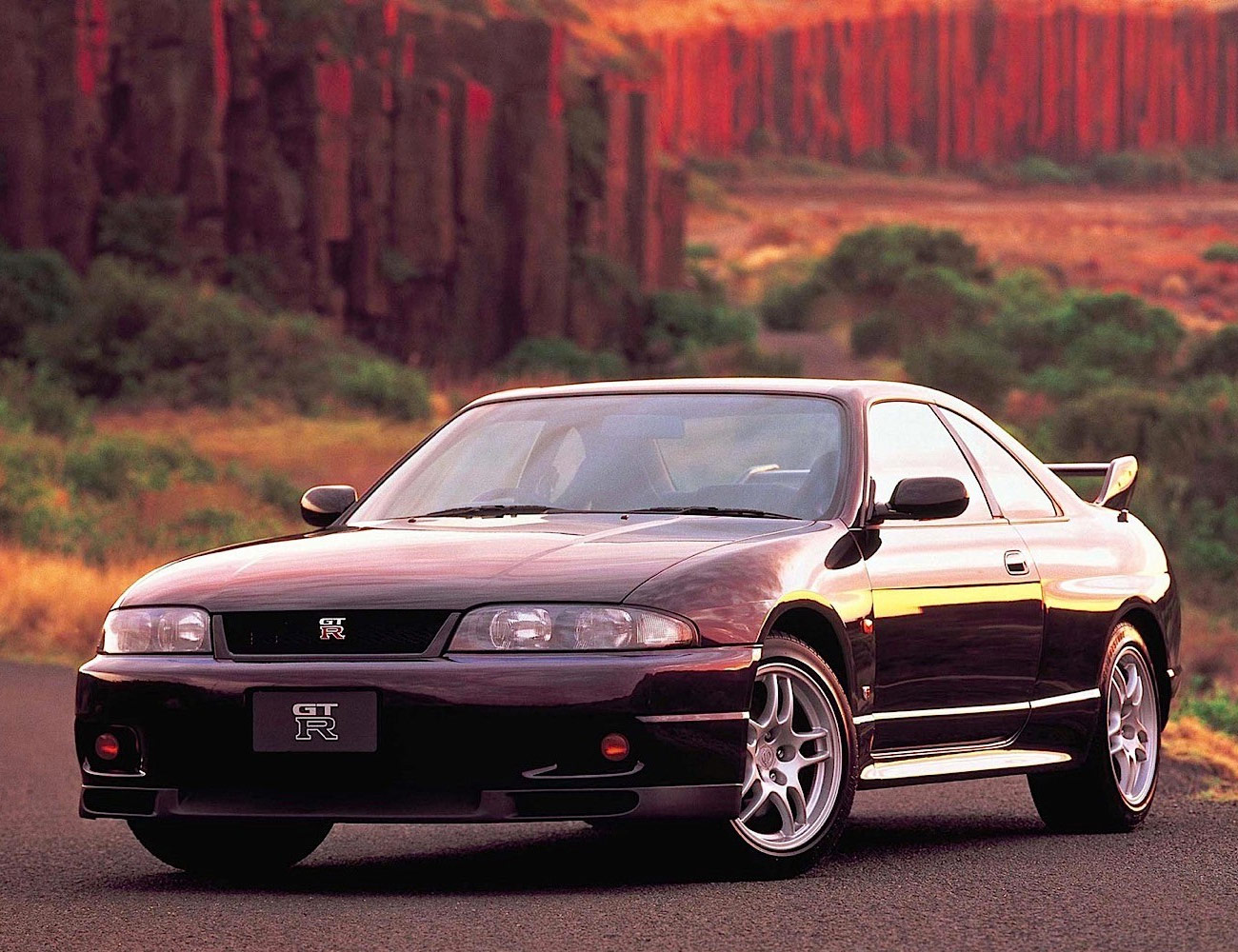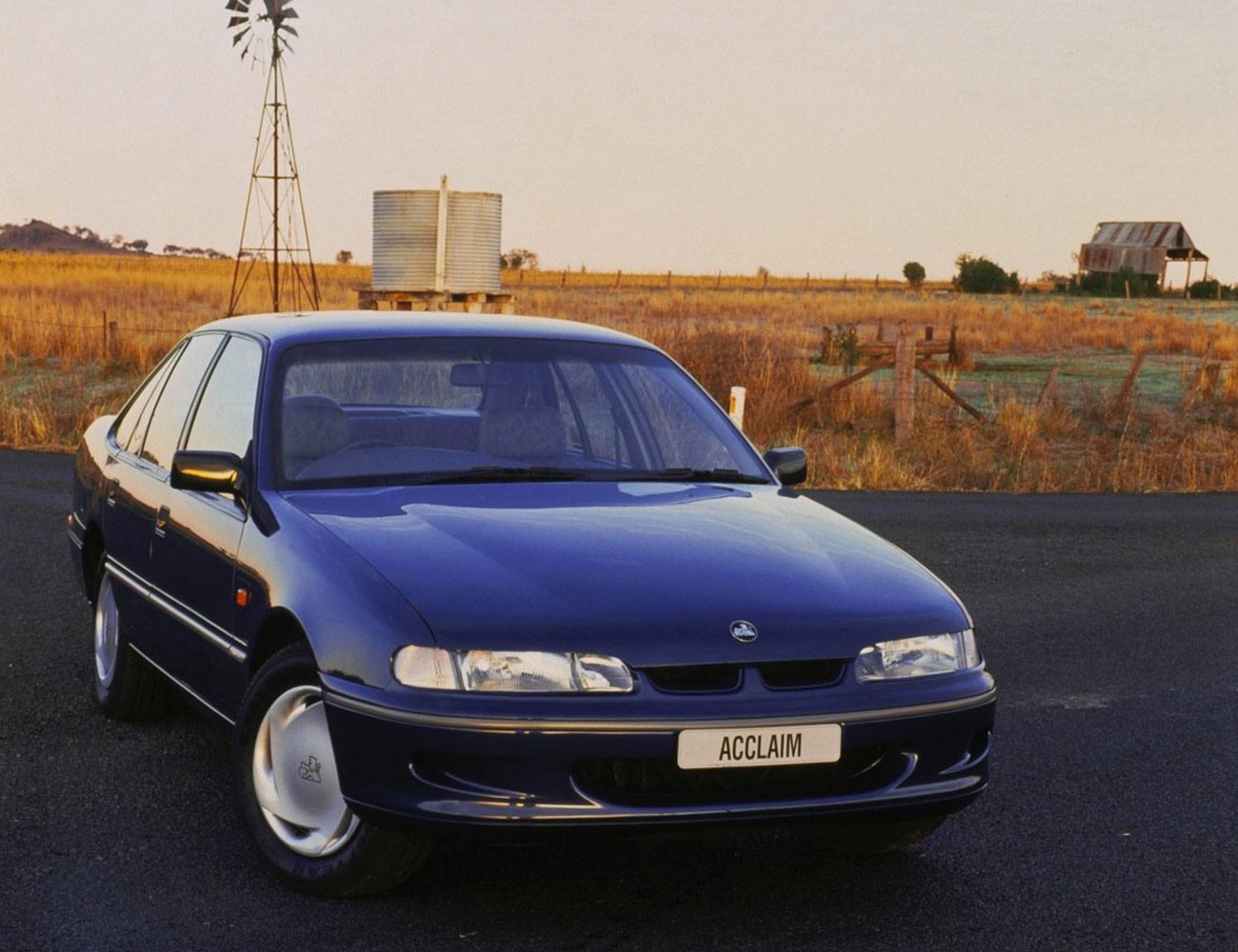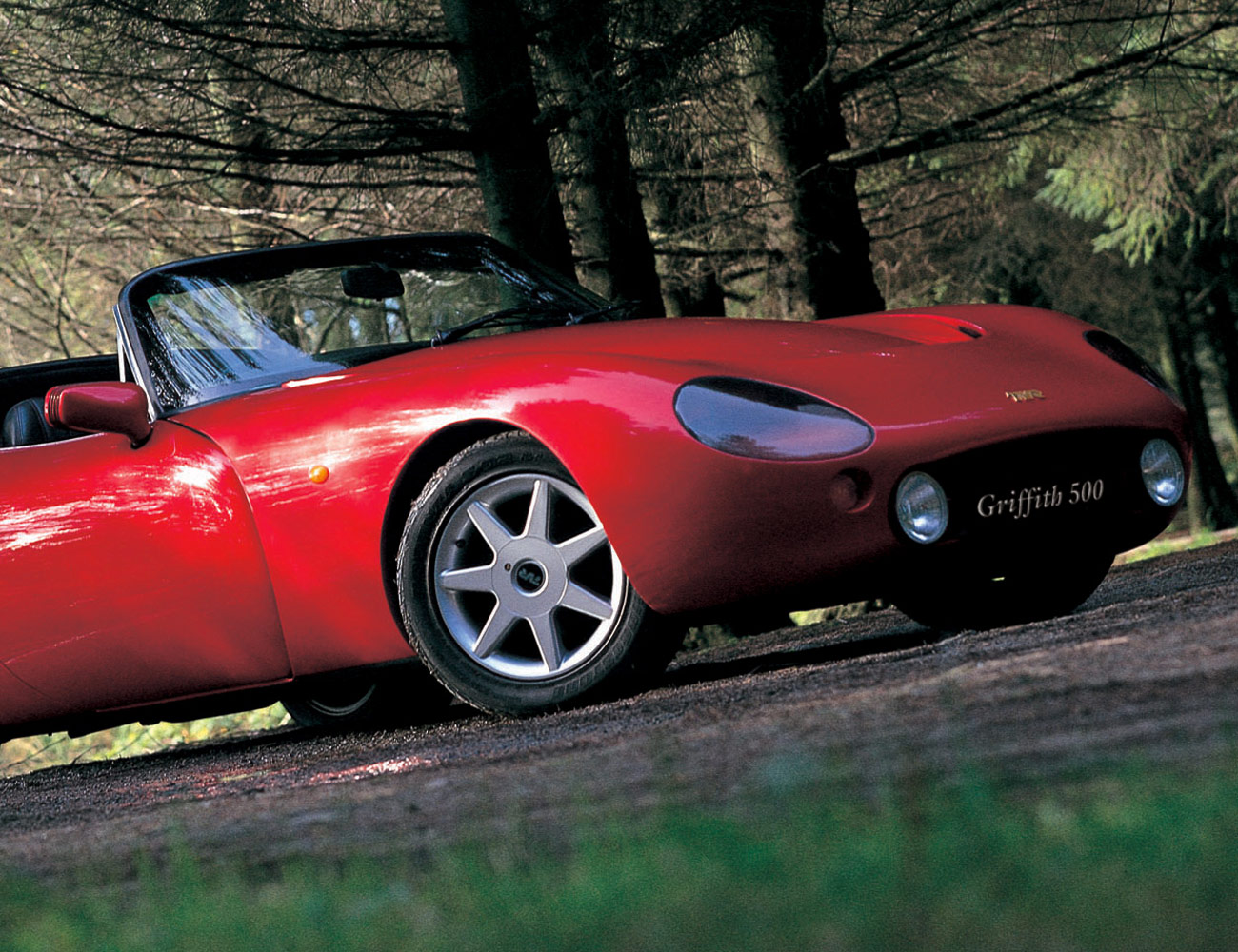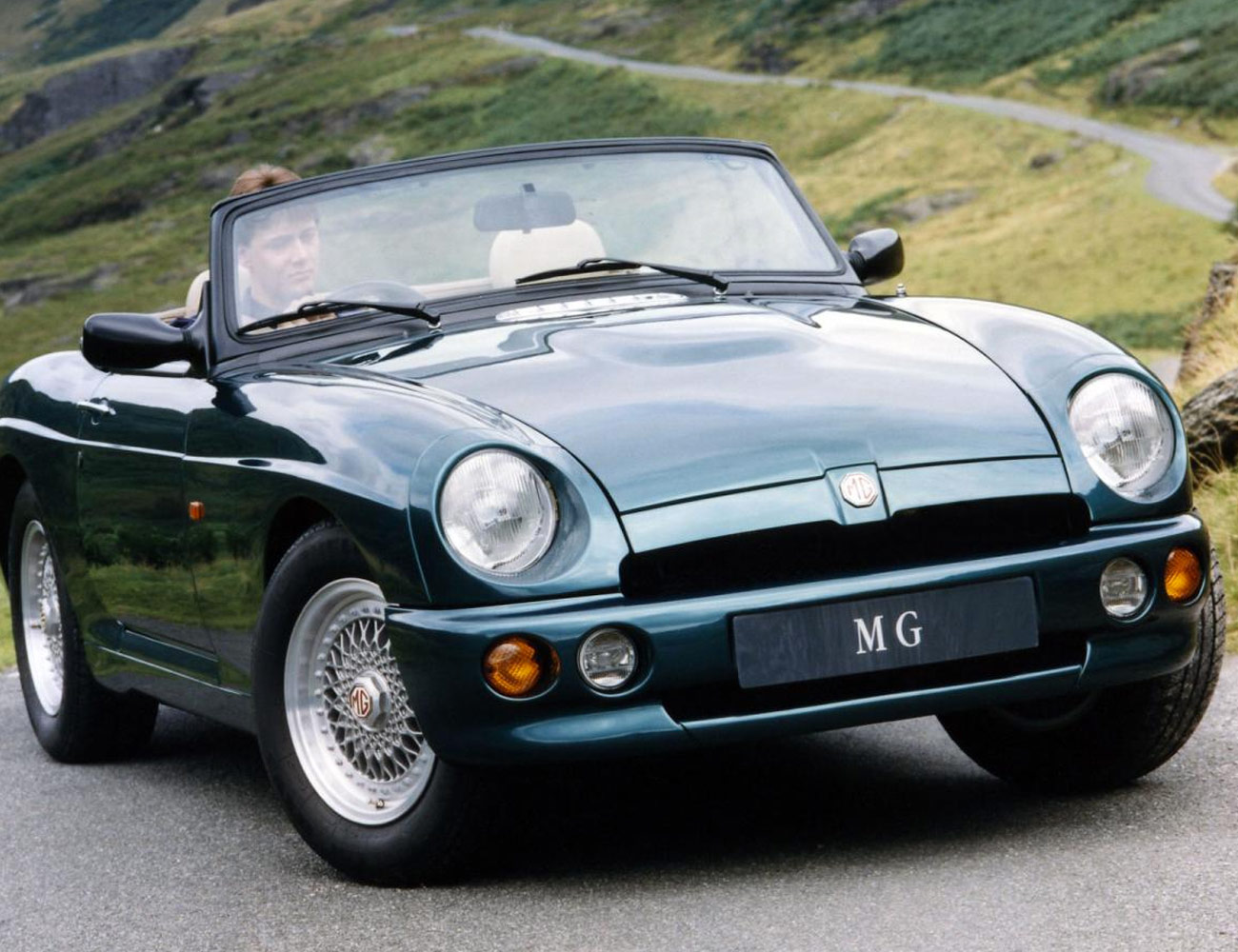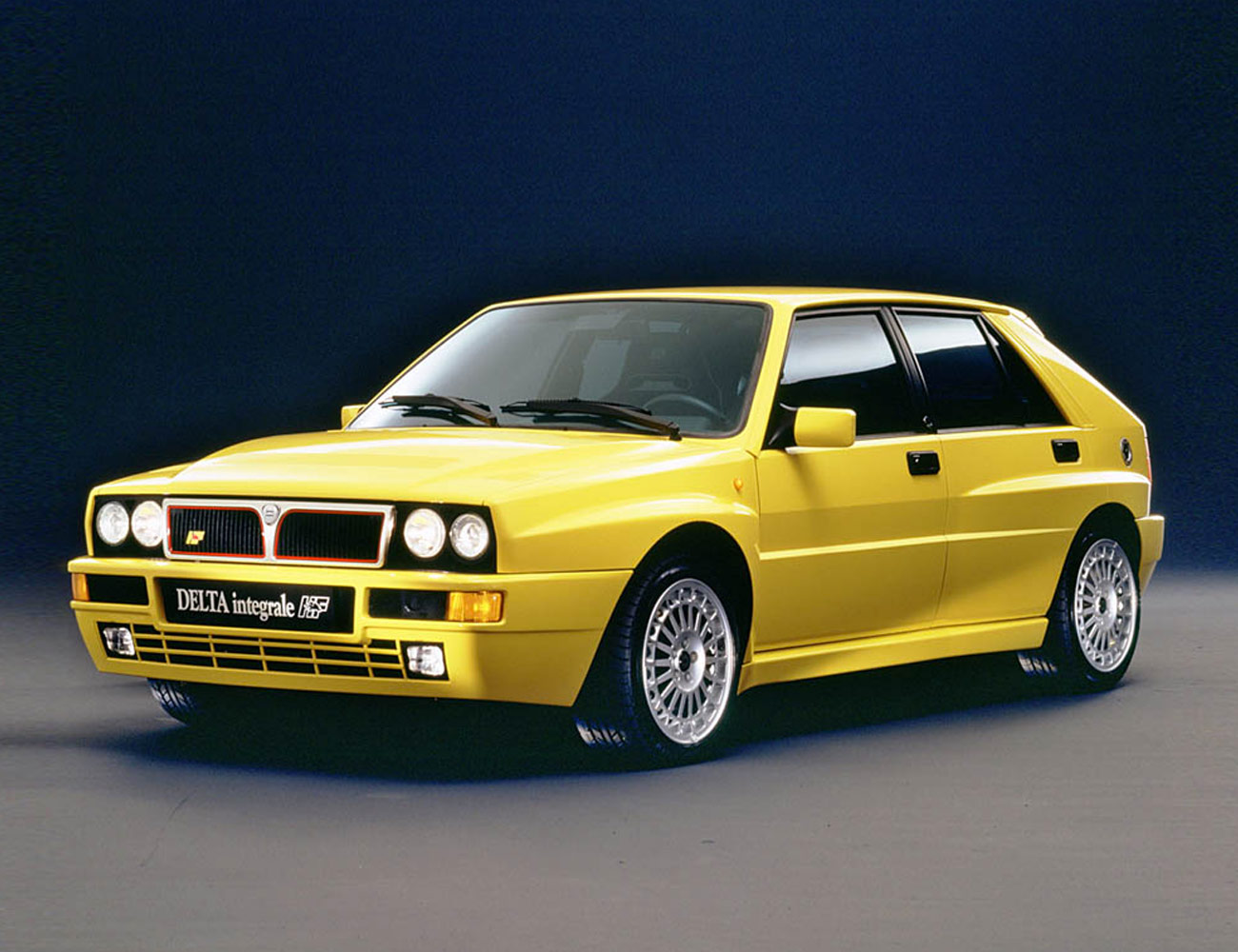US auto enthusiasts have long been shortchanged. Because our emissions and safety regulations differ from the rest of the world, a car being sold by a foreign marque must be developed to meet the US’s regulations. For many niche cars, automakers know that the cost of federalizing them just isn’t worth the trouble and the cost. That means that there are many, many weird and/or wonderful cars that never make it to our shores. If you grew up watching Top Gear or playing Gran Turismo you’ve been painfully aware of this for some time.
The good news is that if you’re patient enough you can import your dream car from overseas. Once a car reaches 25 years of age based on its production date (and not its model year) you’re free and clear to bring them on over. That means that every year, a new wave of cars will become legal here. This year, cars first introduced and produced in 1993 will finally make it to the USA for the very first time. The field this year is interesting — most are certainly unconventional (at least as far as American tastes are concerned) but therein lies their charm. And at the very least, performance-wise, there really isn’t a dud in the bunch.
Mazda Lantis Type R
Debuting in August 1993, the Lantis was Mazda’s compact “four-door coupe” (a term Mazda used more than a decade before Mercedes popularized the concept with the CLS) that competed amongst seemingly countless other quirky compact cars in the Japanese market in the early ’90s. While the basic, four-pot Lantis was nothing more than a somewhat zany-looking econobox, in Type R guise it was a tiny sleeper thanks to a 168-horsepower, 2.0-liter V6 (with an 8,000rpm redline!) shoved into the front, sending all the power to the front wheels.
Mazda even made an adorable rally-inspired floating rear wing available. Perhaps because the Lantis had to compete with other JDM heroes from the early ’90s, it’s not particularly well remembered today which means they can be picked up in good shape for just a few thousand dollars when they pop up for sale.
Renault Clio Williams
Though the competent Clio 16V had arrived two years before, Renault didn’t truly earn the hot hatch crown until 1993 when it debuted the Clio Williams. Built as a homologation special for Renaults rallying efforts, only 3,800 were planned for 1993 (well beyond the FIA’s 2,500-car requirement) but the car was so popular another 1,600 were made before the end of the year, and 6,000 more were made in the following two years.
The Williams was bestowed with a 2.0-liter, naturally-aspirated four-pot, putting out 148 horsepower and received intensive suspension upgrades including a front subframe borrowed from the Clio Cup race car. Unsurprisingly, the car was praised for its handling prowess (not to mention its propensity to lift a rear while under heavy cornering) and has since become an icon of the early halcyon days of the hot hatch.
Fiat Coupé
In an era ripe with “sporty” compact front-wheel-drive coupes, the aptly-named Fiat Coupé stood out for its charmingly distinct exterior penned by Chirs Bangle, whose portfolio of work is…somewhat questionable. Still, there’s no denying the Coupé is wonderfully distinct, and if it’s any consolation the clean, semi-retro interior was designed by the not-in-any-way-questionable folks at Pininfarina.
The Coupé was a modest performer for its time, thanks to Fiat’s excellent twin-cam four-cylinder (derived from the legendary Lancia Delta Integrale) available in both naturally-aspirated and turbo guises (a turbo five-cylinder was eventually made its way into the engine bay, too). While the Coupé went on sale in early 1994, there were over 100 cars built in 1993, so if you can find a very early production car you can bring it over at the end of this year.
Nissan Skyline (R33)
You’ll have to wait another two years to get this generation’s beastly GT-R (though the special-edition R32 V-Spec becomes available this year for all you Gran Turismo lovers), but more basic iterations of the R33 Skyline — the GTS, GTS-4, GTS-25 and GTS-25t — will finally start to trickle in stateside this year. That’s no concession. These cars were fitted with a 2.5-liter inline-six in both naturally aspirated and turbo guises, the latter putting out around 247 horsepower in the GTS-25t. These lower-spec versions all sent their power to the rear wheels (except for the AWD-equipped GTS-4) and featured Nissan’s HICAS four-wheel steering system, making them all exceptional handlers.
Holden Commodore (VR)
The brutish, Aussie-built Commodore was starting to hit its stride in the early ’90s, receiving a sleek overhaul in the form of the VR generation in 1993. The Commodore name is something of a catchall name for a range of cars — the standard Commodore sedan, the long-wheelbase Statesman and the truck-like Ute — but each was based upon Holden’s vaunted rear-wheel-drive platform. Many variants were available (including some very mundane offerings) but the best of the bunch were the powerhouses built by Holden Special Vehicles (HSV): the Clubsport, GTS, Maloo and Senator. Each packed either a 5.0-liter or 5.7-liter V8, producing 248 and 288 horsepower, respectively.
TVR Griffith 500
The Griffith of the 1990s launched in ’91, so early examples have been legal here for two years, but in 1993 the car was bestowed with a Rover-based, TVR-modified 5.0-liter V8 good for 340 horsepower, begetting the new Griffith 500 nameplate. Given that the car weighs just over a tonne (thanks to that swoopy body made from fiberglass) and never came with any real safety or traction control equipment, it’s essentially a British Dodge Viper: a preposterous, phallic, bare-bones sports car that will murder you if you aren’t careful. Still, if you can rein it in, you’ll hit 60 miles per hour from a standstill in 4.1 seconds — pretty damn good for the early ’90s.
MGB RV8
Though the MGB enjoyed a relatively long production run between 1962 and 1980, the folks at Rover (who owned MG at the time) saw fit to bring the car back in the early ’90s for a limited run. What they cooked up was the ultimate MGB: it featured an updated suspension setup and a body complete with flared fenders and a front-clip design more in line with the era. More importantly, a V8 was added for the first time (in the roadster version, anyway), and while its 190-horsepower output may seem underwhelming, it was enough to catapult the car to 60 miles per hour in less than six seconds. Production started in early 1993, with only about 2,000 examples made over the car’s two-year production run. Interestingly enough, it seems about two-thirds of them went to Japan.
Lancia Delta Integrale Evoluzione II
Much like the MGB RV8, the Delta Integrale Evo II was a proper send-off to an icon. Though the second generation Delta arrived in 1993, the rally-derived iteration of the first generation got one final hurrah. Changes included an updated version of the turbocharged four-cylinder under the hood, now making 212 horsepower and 232 lb-ft of torque, as well as cosmetic improvements like new 16-inch alloys, Recaro seats and a Moma steering wheel. It isn’t drastically different from the first Evo but it does represent one of the greatest homologation cars of all time going out on a high note. That’s ought to count for something.
Any owner can send their 10-year-old-plus car in for thoroughly modern service.Read the Story

